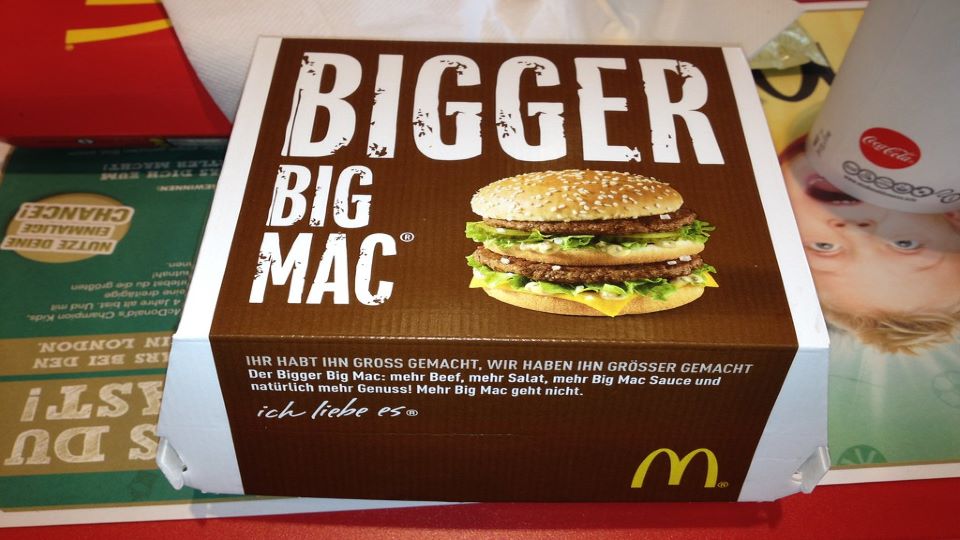The European Union trademark BIG MAC number 000062638 was filed in 2016 and registered in 2018 in the name of McDonald’s, in connection with many food products, among them the famous sandwiches, as well as in connection with restaurant-linked services.
In a case against McDonald’s, Irish company Supermac’s filed a request for revocation of the EU mark BIG MAC according to Article 58(1)(a) of the Regulation (EU) 2017/1001 of the European Parliament and of the Council of 14 June 2017 on the European Union trade mark, which mainly states that “the rights of the proprietor of the EU trade mark shall be declared to be revoked on application to the Office or on the basis of a counterclaim in infringement proceedings: (a) if, within a continuous period of five years, the trade mark has not been put to genuine use in the Union in connection with the goods or services in respect of which it is registered, and there are no proper reasons for non-use”.
In order to save the trademark registration, McDonald’s needed to gather evidence showing that the mark BIG MAC had really been put to use in the EU territory during the five years prior to the request for revocation, i.e. between 2012 and 2017.
No big deal for Big Mac, you would think. It should even be quite easy for a company such as McDonald’s probably selling more Big Macs within a second throughout the world than you can eat in a lifetime…
Well… not easy as it would seem. The EU mark BIG MAC was indeed revoked in its entirety by the Cancellation Division of the EUIPO on January 11, 2019 (Case No 14 788 C).
The explanation is very simple. Evidence was the key (as it was in the Bentley case, as regards well-known marks, which we commented here).
The owner of a mark whishing to escape revocation must show that the mark has been used in accordance with its essential function, which is to guarantee the identity of the origin of the goods or services for which it is registered. Regard must be had to all the facts and circumstances relevant to establishing whether commercial exploitation of the mark is real, particularly whether such use is made to maintain or create a market share for the goods or services protected by the mark.
But the owner did not submit proper evidence. McDonald’s decide to rely on three affidavits, signed by representatives of McDonald’s companies in Germany, France and the United Kingdom, on brochures and printouts of advertising posters and packaging, on printouts from several McDonald’s websites, and on a printout from Wikipedia.
The first problem with this type of evidence was that, apart from Wikipedia, they were not independent evidence. The probative value of such evidence is less than evidence originating from independent sources. The second problem was that they were not accurate to show either the geographical extent of use within the European territory or the intensity of use of the mark on the relevant market. At last, and this is direct consequence, the evidence did not really relate to the commercial use of the mark, i.e. detailed figures about the sales of Big Macs in the EU.
The Cancellation Division had no other choice than to revoke the mark in its entirety.
In real life, the consequences of this decision will not be that bad. First, because McDonald’s is expected to file an appeal against the decision, and probably has already. And it can be hoped that the appeal will be addressed with more seriousness in the gathering of proper and relevant evidence. Second, because it is (was) not the only mark BIG MAC of McDonald’s in the EU. There are still many other BIG MAC marks out there.
However, this decision comes as a reminder that trademark owners must not consider requests for revocation lightly. The gathering of relevant evidence is a very important issue that should be carried out thoroughly with the assistance of a competent IP Attorney.
© [INSCRIPTA]
Photo “McDonald’s Bigger Big Mac” by Like_the_Grand_Canyon under Creative Commons licence (resized; original size 3264 × 2448)


